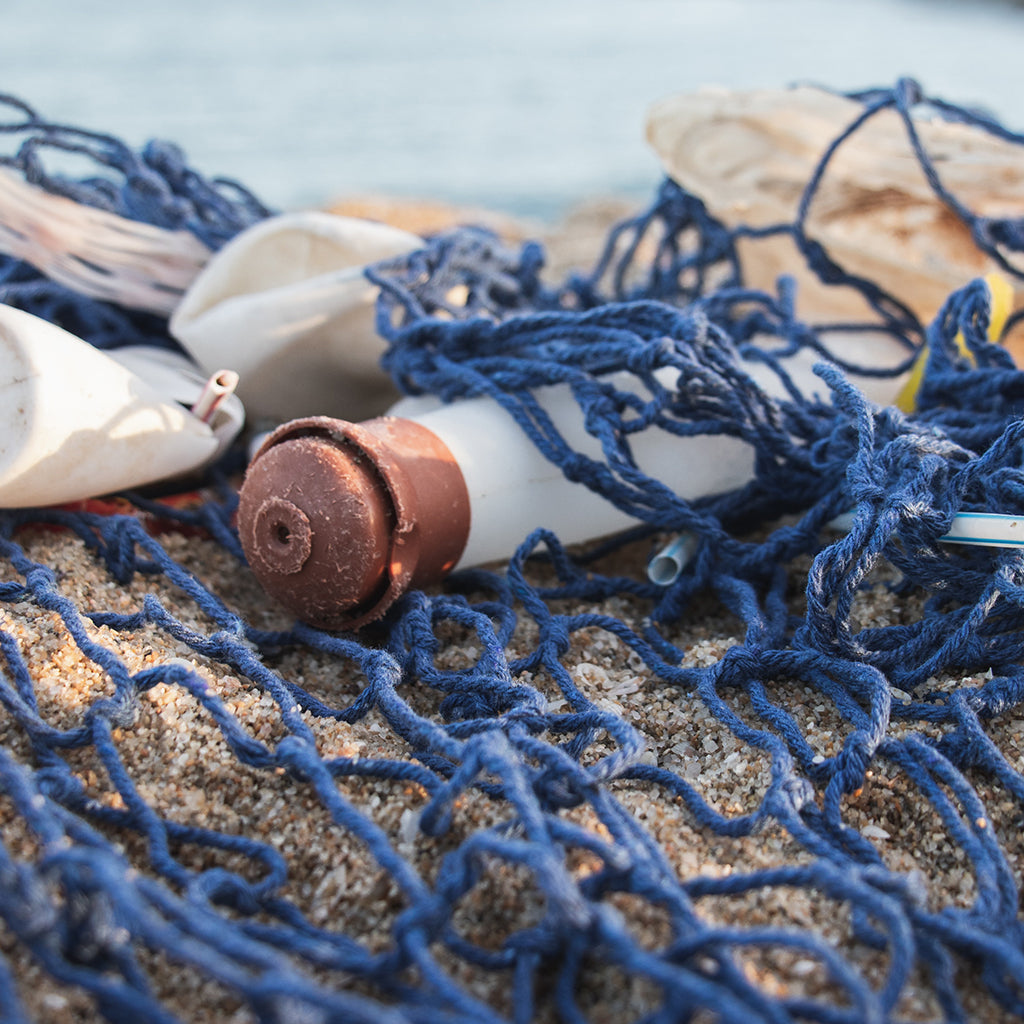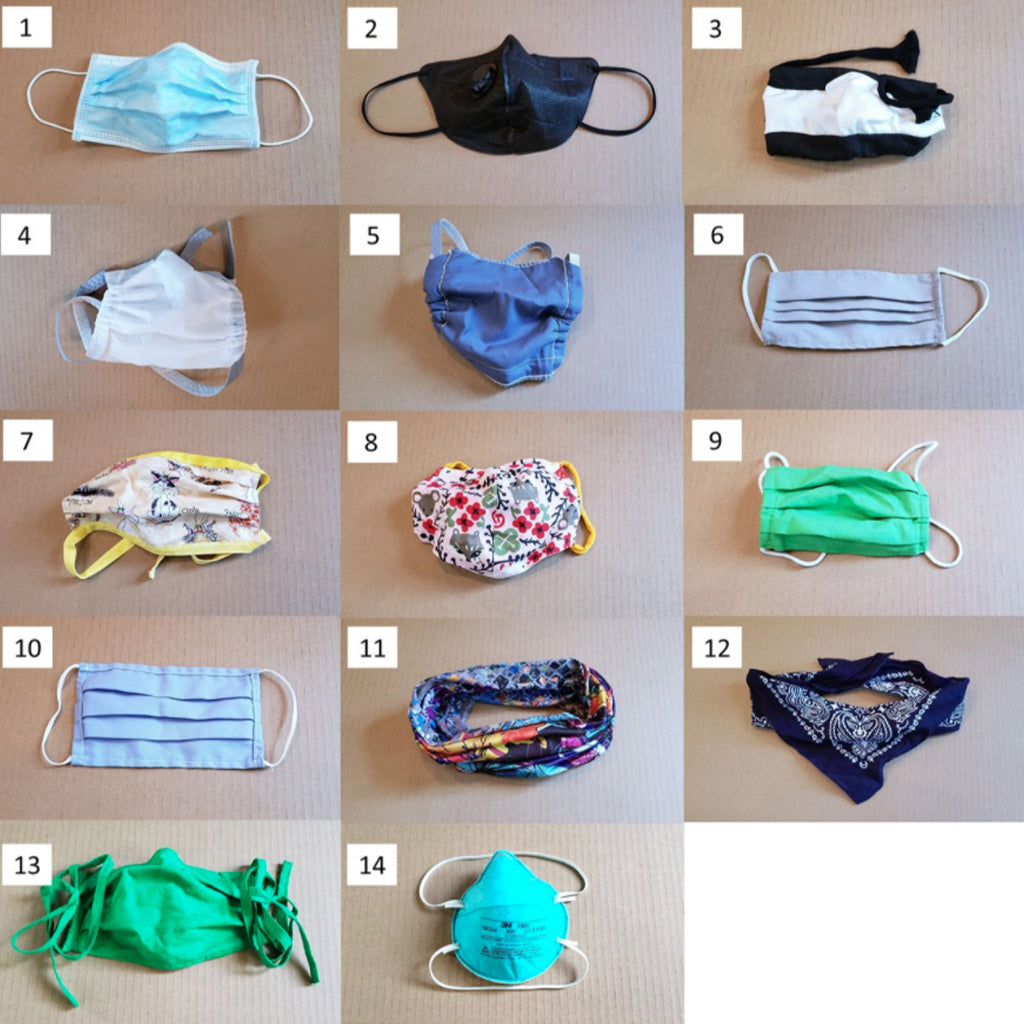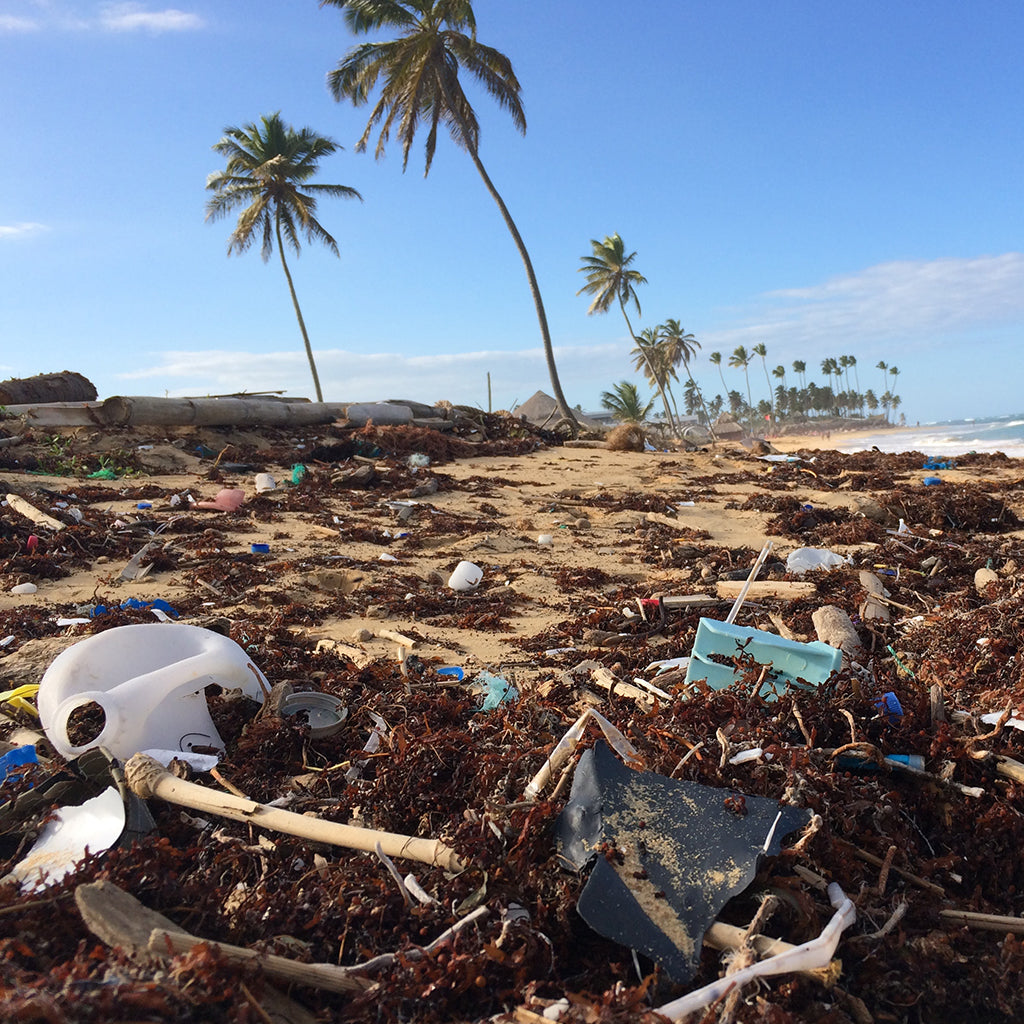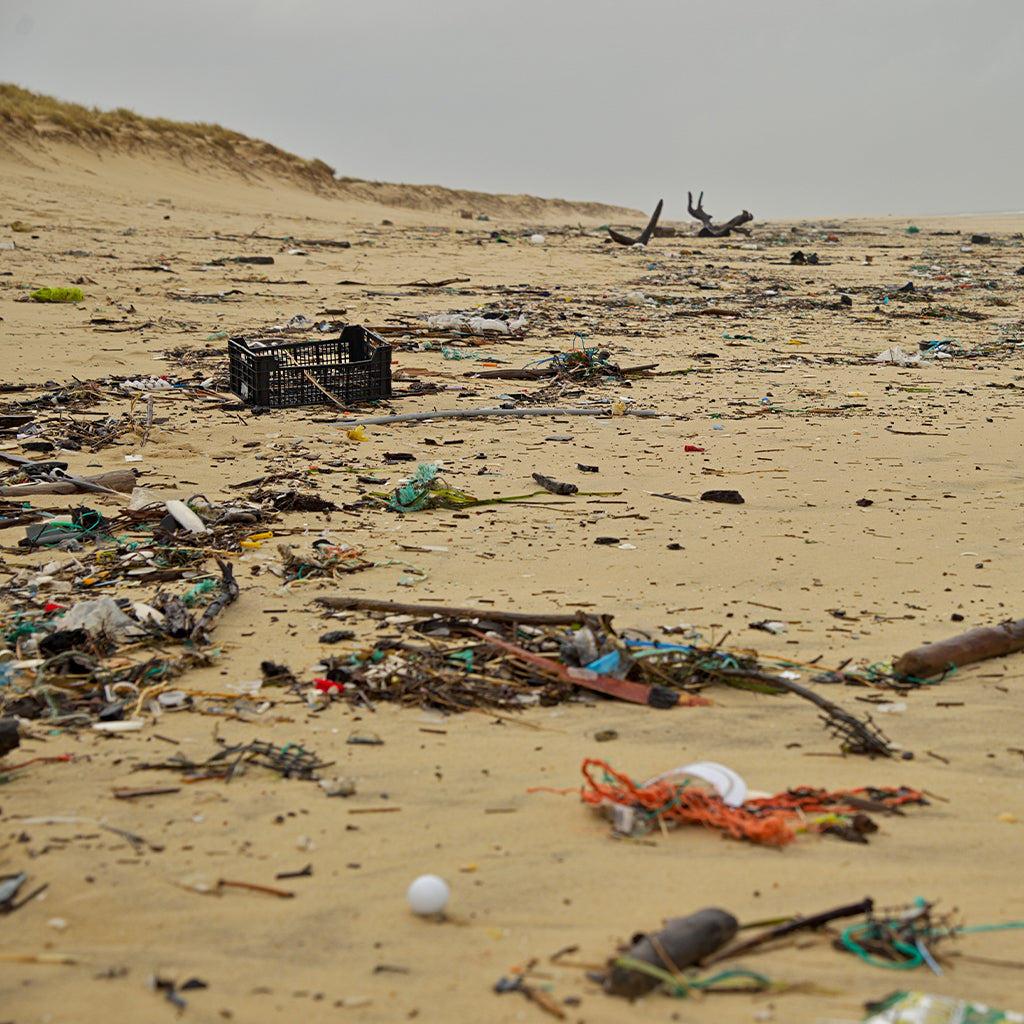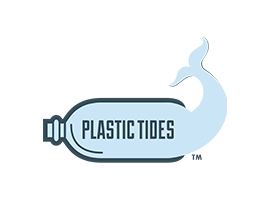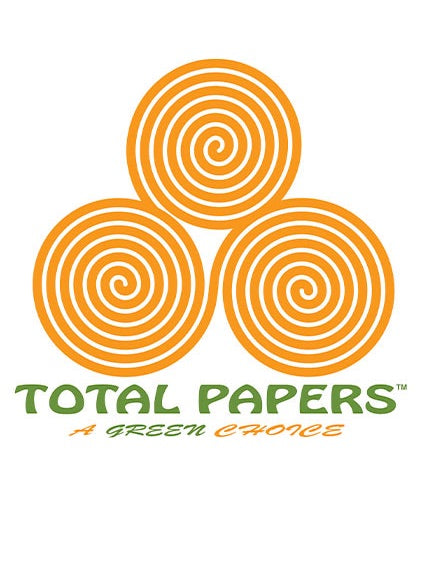The Truth About Our Ocean Waste
We called the competition Who Found the Weirdest Thing? So far, the entries that day were a motorcycle helmet, a lithium battery covered with scary stickers asking that we return it to the military, and a toy dinosaur.
The dinosaur was warm from the sun and starting to degrade. The ocean had smoothed and worn down its edges. Rocks and sand had crosshatched its skin. It was missing a hind leg. On one side it was dark grey; the sun had bleached its opposite flank white.
It was the second morning of a trip with Ocean Legacy, a group in Canada that collects and recycles plastic pollution from the ocean. We’d spent the first day trudging along Mquqwin beach in British Columbia, plucking bottles and buoys from the driftwood and branches – and it seemed to me the pollution was not as devastating as expected.
Online, I had seen pictures of remote Polynesian atolls covered in plastic. I assumed I would break down crying at the sight of branches tangled with detergent bottles, like some apocalyptic Christmas tree. But it was not like that; it was more diffuse, more diluted by nature.
More than 50% of what Ocean Legacy collects along the west coast of North and Central America is foam, a puffed plastic made mostly of air and polystyrene – a liquid hydrocarbon that is likely carcinogenic. A lightweight, bulky piece of foam sits top heavy above the waterline and has a greater sail area that the wind can push to shore. Plastic bottles are one of the next most common finds. Made of polyethylene terephthalate (PET), a plastic bottle is denser than seawater and sinks as soon as it’s punctured. In Ocean Legacy’s experience, people are strangely good at screwing caps back on, so more bottles float to land intact than you might expect.
What we were collecting on the beach that morning was the lightweight cream of the crop: single-use items such as straws, plastic bags, cups, bottles. Cities around the world are drafting plastic-bag bans and encouraging reusable cups instead of disposable ones; it is such single-use items that are visibly washing ashore or floating on the ocean’s surface. It made me wonder what else we might ban or regulate if we could see all the heavier plastics and materials that never make it to land.
For the full article, visit TheGuardian.com.
Contact us to learn more about using our products!
Total Papers
11837 Goldring Rd, Arcadia, CA, 91006
(800) 919-6880
info@totalpapers.com


